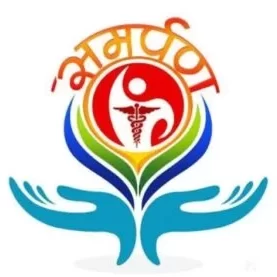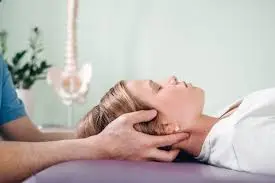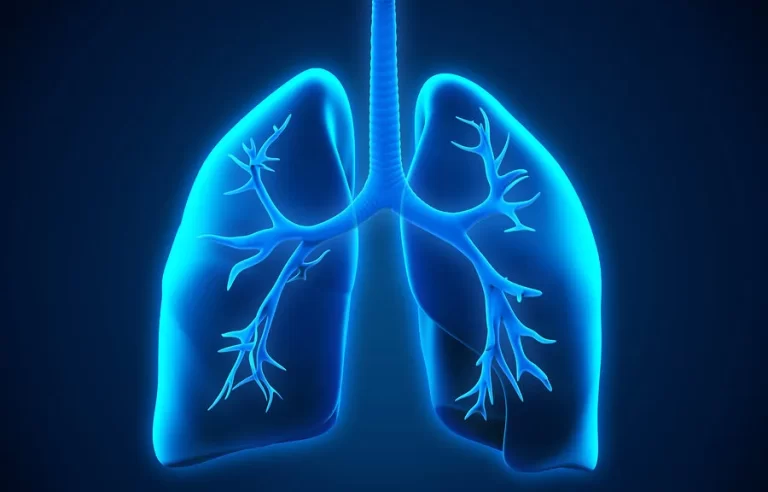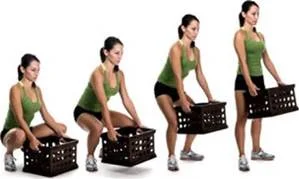Vestibular Rehabilitation Therapy (VRT)
Table of Contents
What is vestibular rehabilitation?
A particular type of treatment called vestibular rehabilitation (VR) aims to address the fundamental and secondary issues caused by vestibular diseases. The primary purpose of this activity-based session is to lessen vertigo disorder and dizziness, gaze instability, imbalance, and fall risk, as well as to address any secondary impairments caused by vestibular disorders.
Due to the minimal level of vestibular function restoration, most individuals with vestibular disorders experience a persistent impairment. However, due to compensation, symptoms might lessen, and function can be enhanced following vestibular system impairment. This happens to replace the impaired vestibular system with other modalities, such as vision and somatosensory body sensation.
Many people experience compensation on their own over time, but VR can aid in rehabilitation by encouraging compensation for patients whose symptoms do not go away and who still struggle to resume their regular activities.
Signs and Symptoms of Vestibular Disorder
- Nystagmus (an involuntary eye movement)
- Vertigo
- Dizziness
- Imbalance or ataxia?
- Gaze stability is compromised
Is there a danger to this therapy?
Vestibular rehabilitation treatment does not pose any physical dangers. Therapy may not heal your dizziness or balance concerns. This is especially true if you are unable to complete the specified workouts on your own.
What are the benefits of vestibular rehabilitation treatment?
- Lower your chance of falling.
- Improve your balance.
- Reduce dizzy symptoms.
- Improve your ability to keep your eyesight stable.
- Increase your physical strength.
What is the treatment of vestibular rehabilitation?
Balance difficulties and dizziness can impact you in a variety of ways. The patient’s healthcare professional will personalize vestibular rehabilitation therapy to meet your unique needs. They’ll show you how to conduct certain workouts at home, when it’s convenient for you. Therapy may involve the following exercises:
- Eye movement control.
- Balance retraining.
- Stretching and strengthening.
Vestibular rehabilitation promotes compensation by taking a problem-oriented approach.. This is achieved by adjusting exercises to the particular challenges or issues that each person faces.
An extensive clinical evaluation is therefore required to identify vestibular dysfunction-related issues prior to beginning an exercise program. Three main exercise regimens might be recommended, depending on the vestibular-related issue or issues found: 1) Gaze stabilization; 2) Balance training; and/or 3) Habituation.
Stabilization of Gaze
Exercises for gaze stabilization are used to enhance eye movement control so that head motions may be made with good vision. These activities are suitable for patients who report having trouble seeing properly because their visual environment seems to hop or bounce about while they read or try to identify items in their surroundings, especially when patients are moving around. To encourage gaze stability, there are 2 kinds of head movement and eye motion exercises. The kind and severity of vestibular disorders determine which exercise or exercises to utilize.
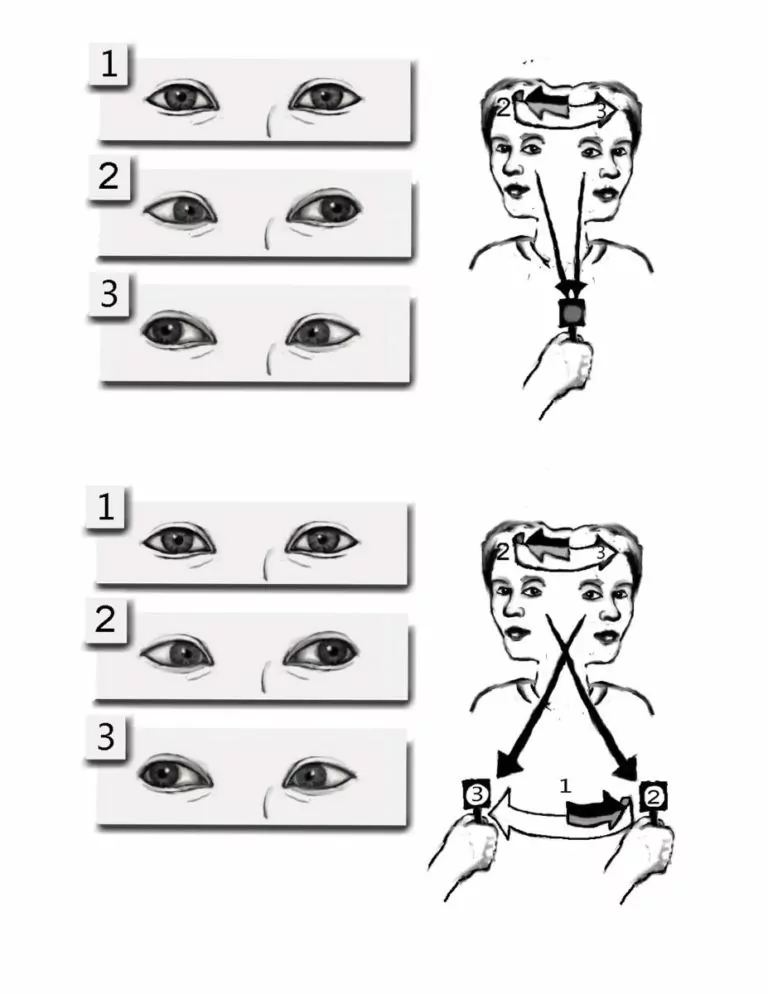
Training for Balance
Equilibrium: To properly complete everyday tasks for work, recreation, and self-care, training exercises are utilized to increase stability. Balance-enhancing exercises should be tailored to the individual underlying balance issue or issues of each patient. Additionally, the exercises must be relatively difficult yet safe enough to prevent patients from falling while performing them to encourage balance changes.
Exercises for balance should also be created to lower the danger of falls and environmental obstacles. For instance, the activities should help patients become more adept at walking in the dark or on uneven terrain outside.
Benign Paroxysmal Positional Vertigo (BPPV), a kind of vestibular disorder, cannot be treated using the exercise methods mentioned above. Examination determines the kind of BPPV, and depending on the type, different repositioning strategies might help resolve the spinning that arises from position changes.
Habituation
The symptoms of dizziness caused by self-motion and/or visual stimuli are treated with habituation exercises. Patients who experience greater dizziness when moving around, particularly when moving their heads quickly, or when changing postures, such as when bending down or reaching up above their heads, can consider habituation exercises.
Also, habituation exercises are suitable for patients with heightened vertigo in visually stimulating settings, such as supermarkets and shopping malls, when they watch action movies or television, or when they walk on polished surfaces and patterned carpets. By continuing to expose patients to specific motion or vision stimuli that cause dizziness, habituation exercises goal to lessen the dizziness disorder.
The purpose of these activities is to somewhat, or at most somewhat, exacerbate the patients’ vertigo symptoms. The brain can learn to disregard the abnormal signal, which will lessen the severity over time with excellent compliance and persistence.
How long is a typical vestibular rehabilitation program?
That depends on your circumstances. The amount of therapy required is determined by the cause of your dizziness or balance concerns, as well as your response to therapy. Almost all patients attend 6 to 8 weekly sessions. Some people might just require one or two sessions. Others may require months of continued treatment, including practicing exercises on their own.
FAQ
Who needs vestibular therapy?
Vertigo is one of the disorders that vestibular rehabilitation therapy may assist with. Ménière’s illness. Positional vertigo is benign paroxysmal (BPPV).
What are vestibular-avoiding activities?
Favor sedentary pursuits like reading or playing video games. Steer clear of monkey bars, swings, slides, and other playground equipment.. Feel wobbly or unbalanced on uneven or sloped flooring.
Is yoga good for the vestibular?
Dizziness, vertigo, confusion, and poor coordination are all possible symptoms of vestibular disorders. Postural misalignments brought on by holding oneself rigidly or overcompensating to stay upright are prevalent, as is fatigue. Patients with vestibular disorders can benefit from yoga by improving their balance, coordination, attention, and mobility
References
- Professional, C. C. M. (2025, March 19). Vestibular rehabilitation therapy. Cleveland Clinic. https://my.clevelandclinic.org/health/treatments/15298-vestibular-rehabilitation
- Vestibular Disorders Association. (2024, November 12). Vestibular Rehabilitation Therapy (VRT) – Vestibular Disorders Association. https://vestibular.org/article/diagnosis-treatment/treatments/vestibular-rehabilitation-therapy-vrt/
- Introduction to Vestibular Rehabilitation
Permanent URL: https://www.physio-pedia.com/index.php?title=Introduction_to_Vestibular_Rehabilitation&oldid=350410
